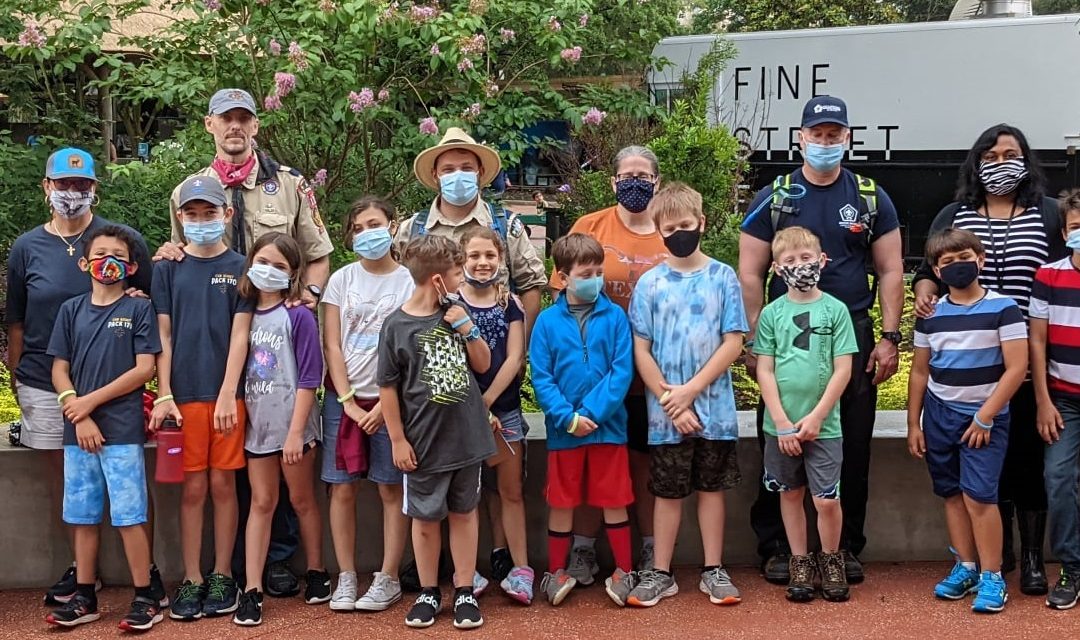At the end of every program year, Pack 170 takes a “BIG TRIP” to celebrate the successful completion of the year. A couple years ago it was an overnight at NASA. This year we returned to Houston with an overnight experience at the Houston Zoo.
We started the trip on Saturday evening as the Houston Zoo closed around 5:30 PM. Zoo guides escorted us to a swath of grass under the cover of trees where we all pitched our tents for the night’s stay. At 7 PM, the evening program started, and so did the rain. The zoo was ready for it though with rain panchos for all that needed them. As the rain increased from a drizzle to a steady downpour, we all moved inside to meet some very interesting new friends, starting with Ernie the porcupine.
Ernie was amazing. Because of COVID, we couldn’t get up close but zoo staff compensated with a close up camera projected onto a big screen. Ernie was trained to wave, not just as a cool trick for the audience but the action allows trainers to easily determine the general well being of the animal without coming too close, another COVID precaution.
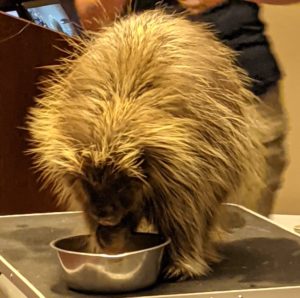
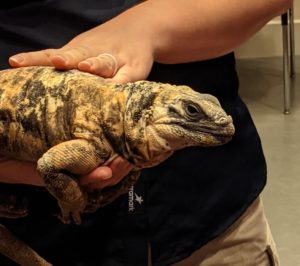
Mr. Devo
Black-throated Monitor
Ernie brought along a few friends as you can see to the left and the right. With each new friend we learned more about each animal including their natural home and habitat, their diet, and what they contribute to the ecosystem.
Mr. Devo is a Black-throated Monitor lizard, a smaller relative of the Komodo Dragon. And William is a Ball Python, a non-venomous constrictor. Don’t worry, he didn’t appear to be hungry because we left with every Cub Scout and parent accounted for.
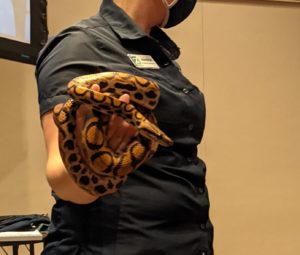
William Snakespeare
Ball Python
Our visit with the animal ambassadors of the Houston Zoo was followed by a creative activity where each Scout created a clay-based seed pod. They mixed moist clay with some compost and embedded a mix of flower seeds. These were set aside to dry overnight.
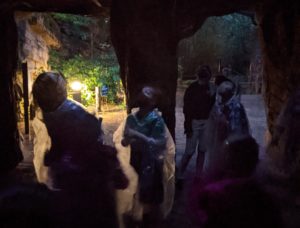
After a quick snack we were off for a quick tour of the nocturnal inhabitants of the zoo. This was a rare treat because you usually visit a zoo in the daylight hours when these guys are all holed up and out of sight. There were no flashlights allowed except the special, colored-light flashlights caried by our guides… also no flash photography. There were a variety of animals including some you would see during the day te like the elephants. The highlight of the night tour for me was visiting Shasta, the University of Houston mascot. At left, Scouts and their family members look up as Shasta walks across a clear window above their heads.
We had to be up at 6 AM in the morning the next day so we ended the night activities around 9:30 PM and we all retired to our tents. At the crack of 6, we were all up and we quickly took down camp and policed the area. After taking our gear to our cars, we returned for breakfast burritos and orange juice.
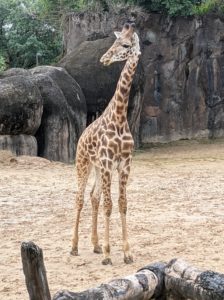
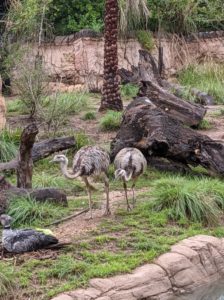
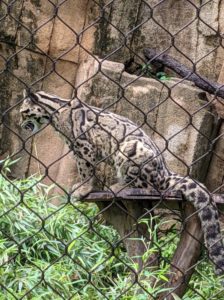
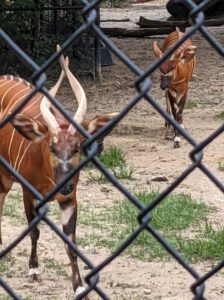
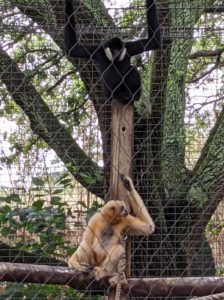
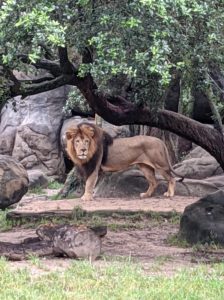
After breakfast, we went on a morning tour before the zoo officially opened to the public. We saw so many different animals and learned a little bit about each. The best part was our zoo guide who was very engaging and shared so much interesting information about the animals we visited. She was always ready to answer any questions and share an interesting fact. I would like to share some of the fun we had on our private tour so I have added some of my favorite photos of the beautiful creatures we saw above and below. How many can you identify? Which ones are predators? Which one has a black tongue?
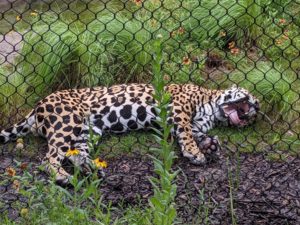
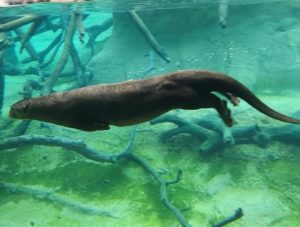
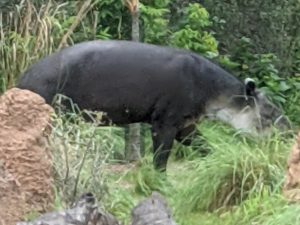
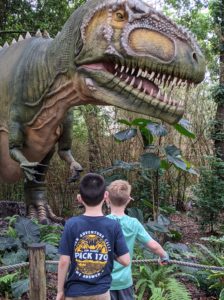
From animals of the African plains and forests to native North American Species. From endangered species to more common varieties. From rescued animals like Sally the Bald Eagle who was found injured to extinct animals from prehistoric times. The Houston Zoo is involved in several important projects in cooperation with organizations at home and abroad to both preserve wildlife and educate the public.
And these are just some of the animals we learned about. When it was over, the fun wasn’t done because our trip included Sunday admission to the zoo so we could meander about on our own for hours more.
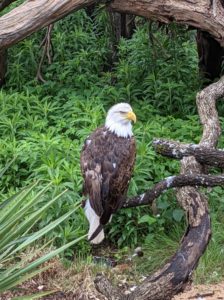
I hope you enjoyed my story of our adventure and I hope you are interested in a trip of your own, with your unit or with your family. It is a great way to get back outdoors.

